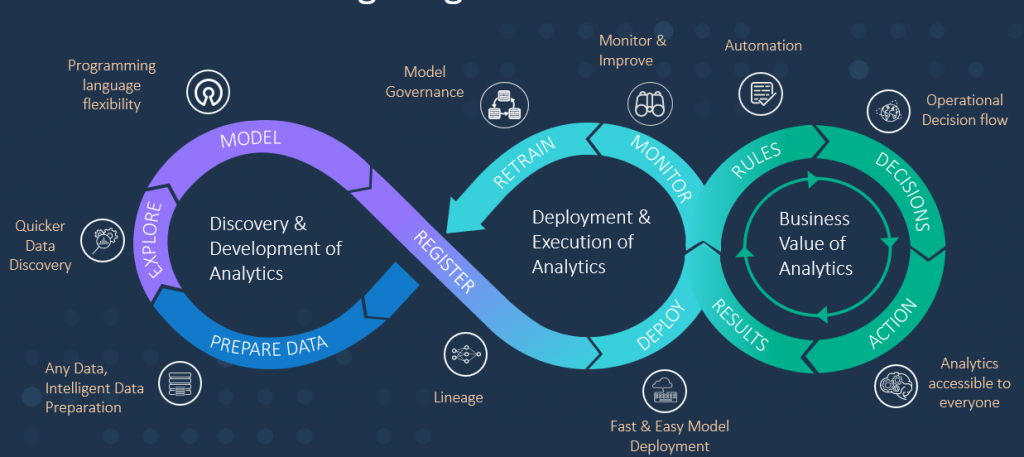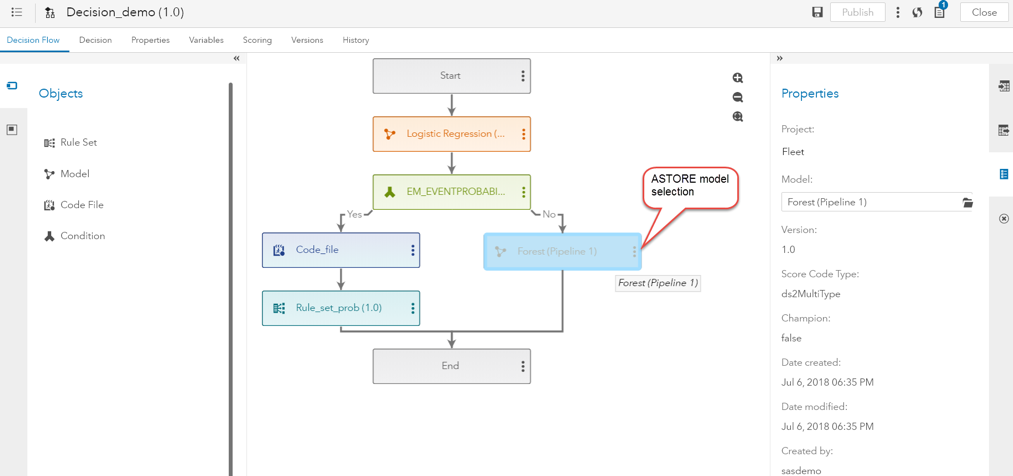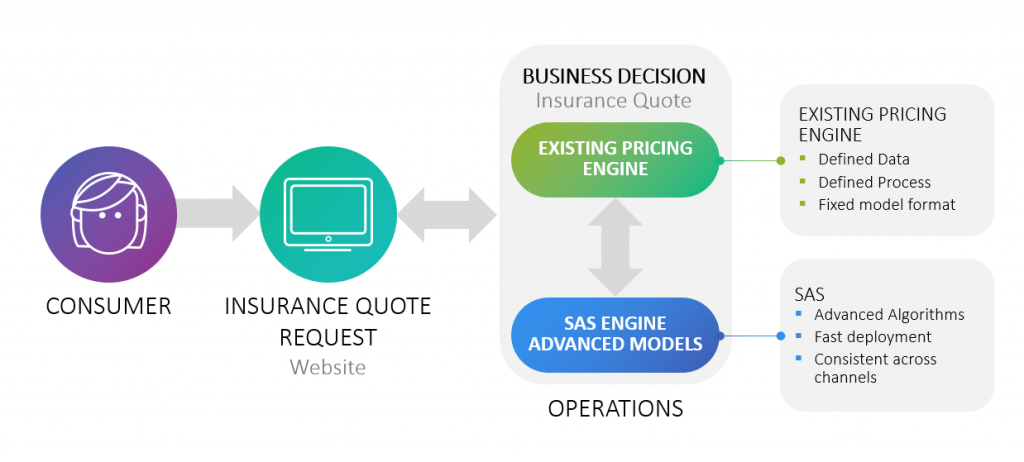Everyone is talking about artificial intelligence (AI) and how it affects our lives -- there are even AI toothbrushes! But how do businesses use AI to help them compete in the market? According to Gartner research, only half of all AI projects are deployed and 90% take more than three months to operationalise, with many taking six to nine months.
I've worked with many companies that are focused on operationalising AI, and it all boils down to this: Businesses need to be able to make better decisions, faster. These decisions cross industry and business areas, such as: next best offers, insurance pricing, whether to accept customers for new financial products, whether to fail an item due to quality issues -- or even what treatment a patient should have based on their MRI scan.
So, what do I mean by ‘better decisions, faster’? Let’s consider each in turn.
Better decisions
I specifically say 'decisions' rather than just AI, as a decision is wider than an analytical (AI) model.
Yes, the ability to use AI is important. Machine learning algorithms often provide greater accuracy beyond traditional statistical methods, such as regression. And any operational system that uses the models must be able to execute complex algorithms. These include methods such as deep learning models and natural language processing (NLP) techniques to analyse the ever-increasing volumes of unstructured data.
It should also be noted that in addition to the model, business logic is required, such as:
- Which model should be used for which scenario?
- What decision is to be made from the model? (for example, offer loan if the propensity score is greater than 0.9)
- What guardrails should be applied to ensure that the AI algorithm functions within the appropriate business constraints?
These are simple examples, but ensuring they're encapsulated with the model will allow the decision logic to be deployed faster, with the correct controls.
Faster
Gone are the days where businesses can make decisions only in daily or weekly batch processes. Analytical decisions need to be made close to the business process and consumer. As you interact on the web, you want to have relevant content displayed, or to know immediately if you're accepted for a financial product. Therefore, the decision should be easily deployable where ever it's required, with the appropriate auditability, controls and governance.
I regularly see models being recoded for use in productions systems, and that's where big delays typically occur. As this includes the manual task of creating the code, but also the associated testing to ensure the output matches the original model. So you can see why the process often takes six to nine months, if it can be deployed at all.
This delay has two major impacts on the business:
- The opportunity cost of not being able to apply the new model and its associated uplift quickly enough. For example, a 2% increase in conversion is expected from the new model, and this isn’t being realised for nine months.
- The model may have started to degrade over time, and by the time it's applied it only provides a 1% uplift in conversion rates.
So how does SAS ensure AI can be effectively used within a business?
Addressing the end-to-end process
A number of blogs ( for example, ‘Reimagining the Analytics Platform - James Ochiai-Brown’) have been written about the first two elements depicted in Figure 1 below (i.e. the creation and management of AI models), so in this blog, I will focus on the deployment, showing how SAS can easily deploy business decisions:
- SAS Intelligent Decisioning allows the user to create decision flows, combining models, rules, business logic and code as required.
- The models incorporated within a decision can be SAS or open source (Python, for example), and these don’t need to be recoded, providing an easy route to deployment for open source models.
- The decision flow can be fully tested and validated by the business, prior to deployment in production environments.
- It supports the ability to create once, but deploy anywhere, whether the decision is to be used in a regular batch process, in real-time to support an interaction on the website, or even a stream of data.

In addition, using version control and governance processes supports full auditing of the decisions. This is particularly important in regulated environments, where it's necessary to be able to explain for example, why a pricing or credit decision has been made.

All of these elements dramatically reduce the time to deploy, ensuring value is delivered as quickly as possible. To bring it to life, let’s consider an example.
Use case: Insurance pricing
An insurance company wishes to improve the pricing that it gives to customers, and believes AI will help improve pricing decisions. Initial testing proves that an AI model will improve their pricing, allowing them to reduce risk and price more appropriately. But how do they operationalise it?
Previous models had to be recoded into rule-based logic for their existing pricing engine, but this isn’t possible for a complex AI model. So they use SAS Intelligent Decisioning to enhance their existing process.
A decision flow is created that allows the relevant model(s) to be executed for each insurance request and the model output to be passed to the existing engine. This then leverages the decision outcomes to generate the price.

This allows them to
- Reduce the time to deploy models, ensuring that improved pricing will generate increased income as soon as possible.
- Easily amend and update models as required.
- Illustrate auditability and governance of all decisions.
- Provide a framework to allow improved decisions across the business.
This is just one example of how SAS can ensure AI adds value in an organisation. Leveraging SAS’ ability to easily encompass AI models into a decision flow allows businesses to make better decisions, faster -- and I can only see this need growing. Want to know more? Explore SAS Intelligent Decisioning.
